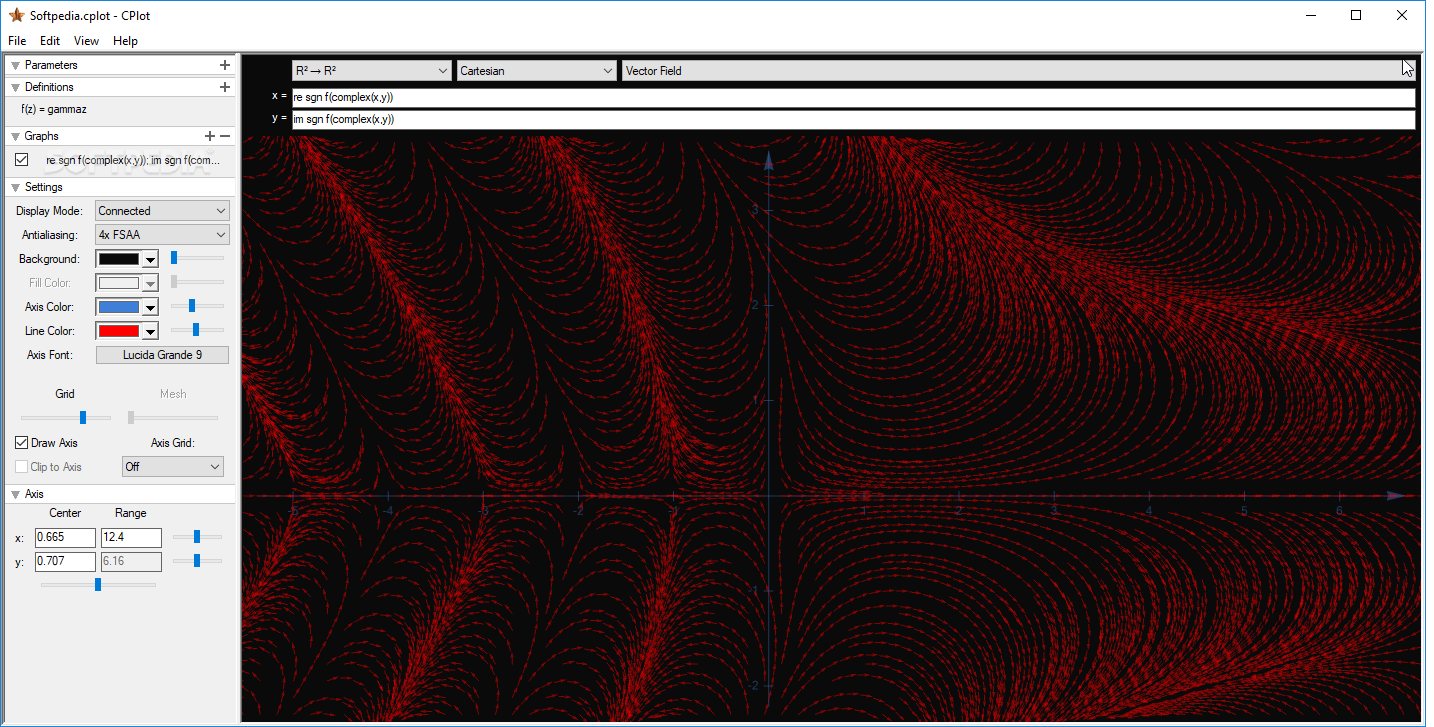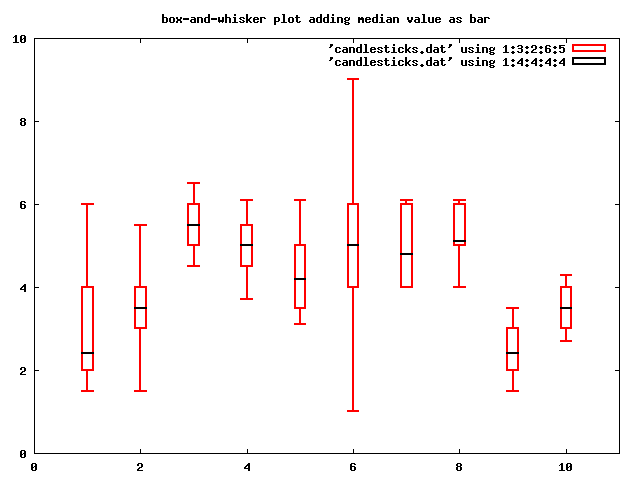

So perhaps so I should emphasize that it's hard to imagine any other shape coming out of the PCA algorithm with the inputs I put in (which were specifically designed to destroy the genre signals that would ordinarily be output by PCA). It's tempting to get mystical on this, and humanists often to do so when applying techniques like PCA. What is this saying? That in the grand corpus of tens of thousands of hours of studio-approved, investor-funded, union-written scripts, two major trends stand out: one set of directional trends, advancing continuously through the course of the film, and one cyclical, through which the language returns back to its origins.
#TV SERIES CPLOT MOVIE#
For example: the phrase "love you" (as in, mostly, "I love you") is most frequent towards the end of movies or TV shows: characters in movies are almost three times more likely to profess their love in the last scene of a movie than in the first. So what I've done is cut every script there into "twelfths" of a movie or TV show the charts here show the course of an episode or movie from the first minute at the left to the last one at the right. In fact, plotting movies in what I'm calling "screen time" usually has a much more recognizable signature than plotting things in the "historic time" you can explore yourself in the movie bookworm. Many, many individual words show strong trends towards the beginning or end of scripts. But it turns out that by combining those thematic scripts with the topic models, it's possible to do something I find really fascinating, and a little mysterious: you can sketch out, derived from the tens of thousands of hours of dialogue in the corpus, what you could literally call a plot "arc" through multidimensional space.įirst, let's lay the groundwork. In its own, this stuff is pretty interesting-when I first started analyzing the set, I thought it might an end in itself. So that's what I'm going to do here: make some general observations about the ways that scripts shift thematically. These crafting shows up in the ways language is distributed through them in time. TV and movies scripts are carefully crafted structures: I wrote earlier about how the Simpsons moves away from the school after its first few minutes, for example, and with this larger corpus even individual words frequently show a strong bias towards the front or end of scripts.


It's interesting to look, as I did at my last post, at the plot structure of typical episodes of a TV show as derived through topic models. But while it may help in understanding individual TV shows, the method also shows some promise on a more ambitious goal: understanding the general structural elements that most TV shows and movies draw from. Plus, it was only there that I came around to calling the whole endeavor "plot arceology." Note: a somewhat more complete and slightly less colloquial, but eminently more citeable, version of this work is in the Proceedings of the 2015 IEEE International Conference on Big Data.


 0 kommentar(er)
0 kommentar(er)
